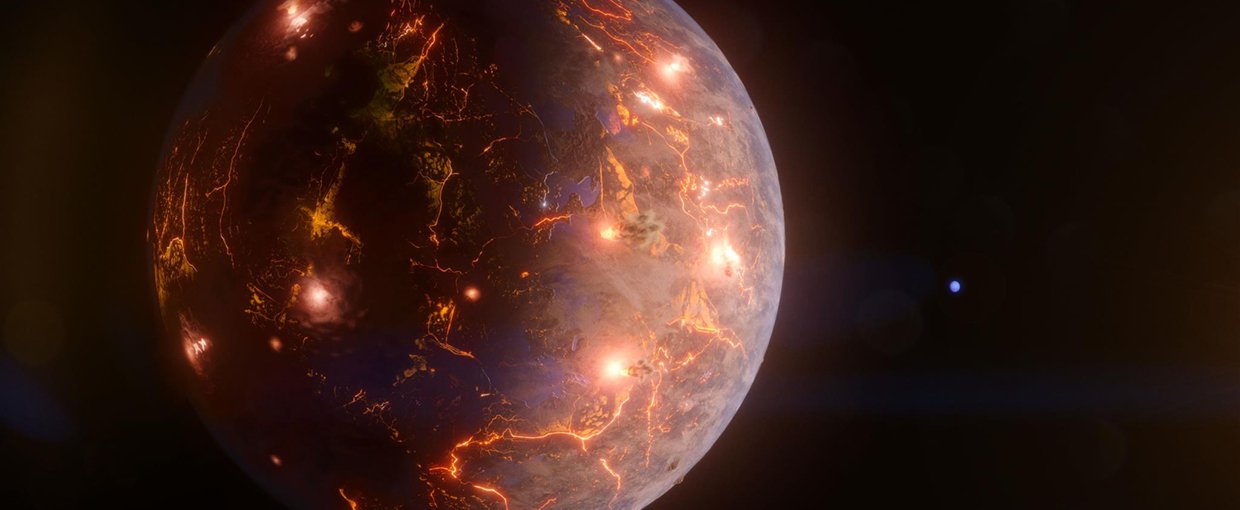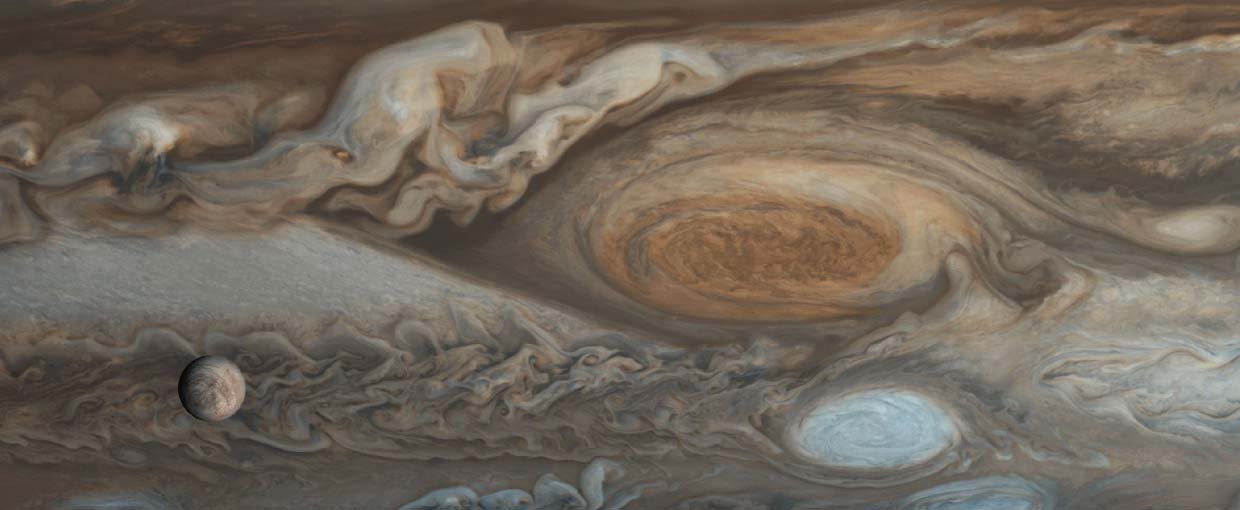Hull, P. M., Darroch, S. A. F., & Erwin, D. H. (2015). Nature, 528(7582), 345–351. doi:10.1038/nature16160
Scharf, C., Virgo, N., Cleaves, H. J., Aono, M., Aubert-Kato, N., Aydinoglu, A., … Barahona, A. (2015). Astrobiology, 15(12), 1031–1042. doi:10.1089/ast.2015.1113
Agol, E., Jansen, T., Lacy, B., Robinson, T. D., & Meadows, V. (2015). The Astrophysical Journal, 812(1), 5. doi:10.1088/0004-637x/812/1/5
Turner, E. C., & Bekker, A. (2015). Geological Society of America Bulletin, None(None), B31268.1. doi:10.1130/b31268.1
Hsu, H-W., Postberg, F., Sekine, Y., Shibuya, T., Kempf, S., Horányi, M., … Srama, R. (2015). Ongoing hydrothermal activities within Enceladus. Nature, 519(7542), 207–210. doi:10.1038/nature14262
Schmidt, B. E., Blankenship, D. D., Patterson, G. W., & Schenk, P. M. (2011). Active formation of ‘chaos terrain’ over shallow subsurface water on Europa. Nature, 479(7374), 502–505. doi:10.1038/nature10608
Doran, P. T., Fritsen, C. H., Murray, A. E., Kenig, F., McKay, C. P., & Kyne, J. D. (2008). Entry approach into pristine ice-sealed lakes-Lake Vida, East Antarctica, a model ecosystem. Limnology and Oceanography: Methods, 6(10), 542–547. doi:10.4319/lom.2008.6.542
Baesman, S. M., Bullen, T. D., Dewald, J., Zhang, D., Curran, S., Islam, F. S., … Oremland, R. S. (2007). Formation of Tellurium Nanocrystals during Anaerobic Growth of Bacteria That Use Te Oxyanions as Respiratory Electron Acceptors. Applied and Environmental Microbiology, 73(7), 2135–2143. doi:10.1128/aem.02558-06
Schulze-Makuch, D., & Grinspoon, D. H. (2005). Biologically Enhanced Energy and Carbon Cycling on Titan? Astrobiology, 5(4), 560–567. doi:10.1089/ast.2005.5.560



